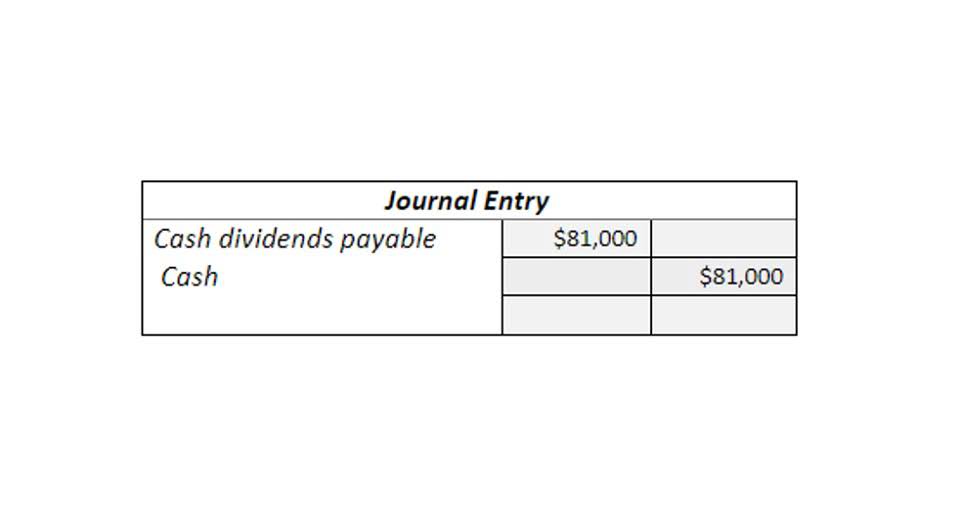
This ensures consistency across companies, making it easier to compare and trust financial information. These principles also help prevent fraud by promoting transparency and accountability in financial reporting. Understanding the matching principle is crucial for accounting functions as it enables businesses to accurately report their financial performance. By matching expenses with the corresponding revenues, businesses can provide stakeholders with meaningful and reliable financial information. This information is essential for decision-making, assessing profitability, and evaluating the overall financial health of a company.
to understand.
- HighRadius offers a cloud-based Record to Report Software that helps accounting professionals streamline and automate the financial close process for businesses.
- The services rendered in which months and salary expenses should be recorded on those months.
- If you’ve ever sent an invoice to someone who planned to pay later, you’re probably using accrual accounting.
- Thank you for reading this guide to understanding the accounting concept of the matching principle.
- 11 Financial may only transact business in those states in which it is registered, or qualifies for an exemption or exclusion from registration requirements.
At the end of the period, Big Appliance should match the $5,000 cost with the $8,000 revenue. Chartered accountant Michael Brown is the founder and CEO of Double Entry Bookkeeping. He has worked as an accountant and consultant for more than 25 years and has built financial models for all types of industries. He has been the CFO or controller of both small and medium sized companies and has run small businesses of his own.

Ask Any Financial Question
This helps ensure accurate financial reporting by creating a correlation between expenses and income, which results in a more realistic view of the company’s financial performance. The matching principle seeks to create a correlation between revenues and expenses by ensuring that all revenue earned in an accounting period is also recorded as an expense for that same period. This allows businesses to link revenues and expenditures so that the net income can be accurately represented on financial statements. The goal of this is to properly analyze a company’s performance over time rather than at one point in time. Adjusting entries are special entries made just before financial statements are prepared—at the end of the month and/or year. They bring the balances of certain accounts up to date if they are not already current to properly match revenues and expenses.
Increasing complexity of revenue recognition
Otherwise, the title should have been passed onto the buyer so as to create a legal obligation for the buyer to pay for them. The second aspect is that the full cost of those items must be included in that particular period’s income statement. First, that the revenue has been earned in the period in which it is included in the income statement. A cosmetics https://www.bookstime.com/ company uses sales representatives, who earn a 10% commission on their sales at the end of each month. For the month of November, the company earned £100,000 in sales, and they will pay their sales reps £10,000 in resulting commission fees in December. For example, Radius Cloud receives stock as payment, making revenue recognition tricky.
Ready to Put Your Record to Report on Auto-Pilot?
- Accounting principles are essential tools for creating clear and reliable financial statements.
- So, instead of recognizing the entire cost of the asset as an expense in the acquired year, the cost is spread out over the number of periods that the asset is expected to be profitable.
- By accruing the $900 in January, Jim will ensure that he is in compliance with the matching principle of reporting expenses in the same time period as sales.
- Adjusting entries are special entries made just before financial statements are prepared—at the end of the month and/or year.
- The policy is to pay 5% of revenues generated over the year, which is paid out in February of the following year.
- The matching principle is a fundamental concept in accounting that ensures expenses are recognized in the same period as the revenues they help generate.
An accountant will recognize both expenses and revenue and then correlate even though cash flow runs inconsistently. For example, based on a cash basis, the revenue amount of $70,000 is recognized only when the cash is the receipt. Based on the Matching principle, the Cost of Goods matching principle in accounting Sold should record the period in which the revenues are earned. Whenever an expense is directly related to revenue, record the expense in the same period the revenue is generated. Matching lets you book expenses that directly connect to revenue and that indirectly affect revenue.


Identify any discrepancies or potential issues and take corrective actions to ensure proper matching. Because the payroll costs led directly to the revenue generated by selling the teacups, Sippin Pretty should expense the payroll costs in the current period. Using the matching principle, costs are also properly accounted for, resulting in more accurate financial statements. This recurring journal entry will be made for each subsequent accounting period until the prepaid rent account has been depleted, which will be in December. In order to properly use the matching principle for your prepaid expenses, you will record a recurring journal entry in the amount of $1,250 each month for the next 12 months. – Bajor Art Studio produces picture frames and sells them to wholesalers like Michaels and Hobby Lobby.

By accruing the $900 in January, Jim will ensure that he is in compliance with the matching principle of reporting expenses in the same time period as sales. However, the commission payment will not be processed until the 15th of February. In order to abide by the matching principle, Jim or his accountant will need to accrue the $900 expense in January, and later reverse the commission expense in February, after it’s been paid. Another benefit is the ability to recognize and record depreciation expenses over the useful life of an asset in order to avoid recording the expense in a single accounting period.
Matching Principle Vs Revenue Recognition

GAAP or Generally Accepted Accounting Principles is a standardized set of accounting guidelines used in the United States to ensure consistency and accuracy in financial reporting. GAAP covers a wide range of accounting practices, from revenue recognition to expense reporting — providing a common framework for businesses and accountants to follow. Adhering to GAAP ensures that financial statements are reliable and comparable, forming a foundation for making sound business decisions. For example, when conducting a Cost Benefits Analysis, GAAP helps ensure that decisions are based on accurate and consistent data.
- Think of them as guidelines that ensure everyone is on the same page when preparing financial statements.
- We have to “chop off” the pieces of these transactions that did not occur in June to be left with only the parts that belong in June.
- Sippin Pretty pays its employees $19 an hour to produce their signature teacups.
- The matching principle, then, requires that expenses should be matched to the revenues of the appropriate accounting period and not the other way around.
- The matching principle in accounting is a key concept in financial reporting that ensures a company’s expenses are recognized in the same accounting period as the revenue they helped generate.
- Since there is an expected future benefit from the payment of rent the matching principle requires that the cost is spread over the rental period.
- The reduction of the inventories corresponding to revenues is called the cost of goods sold.
The matching principle is a key component in accrual accounting
While accounting principles are essential for consistency and transparency, they have the following limitations. Accounting principles are crucial because they build trust and make it easier for businesses, investors, and regulators to compare financial information. Inventory is a line item on the balance sheet and is affected by this transaction. In year 2, this inventory is then sold resulting in a decrease in the reported inventory balance. The following list includes accounts whose balances may need to be brought up to date in the 10 adjusting entry transactions we will cover.
